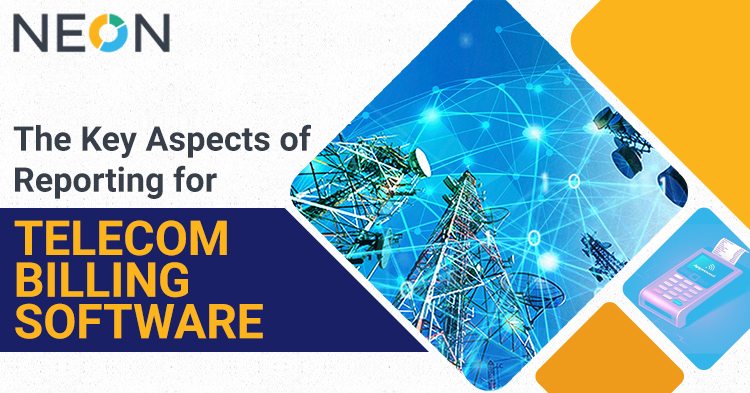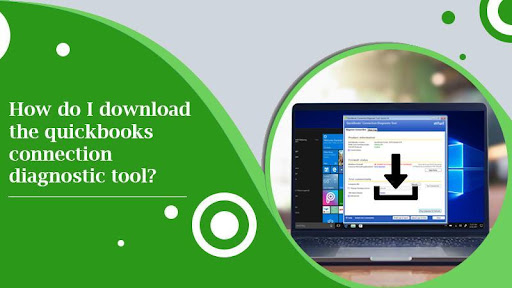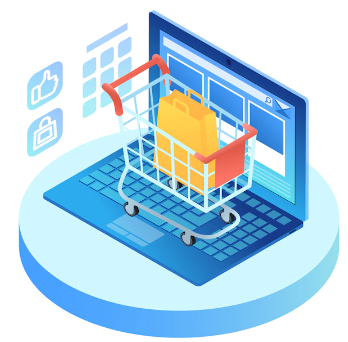The Key Aspects of Reporting for Telecom Billing Software

When you’re using telecom billing software, there are several key aspects of reporting that you must be sure to consider. Without the right information, you could miss out on crucial data that can help you improve your processes and make your business more successful.
Whether you are an owner of a telecom company or an employee working in the billing department, it’s important to understand the main aspects of reporting for telecom billing software.
4 Key Aspects of Reporting for Telecom Billing Software
When it comes to reporting, we all have our own opinions on what the best features are, what we use them for, and why they are so important to have in your telecom billing software. Some people may even think that they don’t need reporting at all, thinking that their software will keep track of everything without any kind of additional help.
In reality, reporting is a key aspect of using any kind of software, including telecom billing systems. There are plenty of aspects to consider when looking at reporting tools for your business, so here are just four things you should take into account before making your decision.
1) What Can Be Tracked
Your chosen telecom billing software should provide you with multiple types of information, including a list of all your calls and billable phone numbers, reports on these calls broken down by time and date, and billing history.
It’s also a good idea to have call-tracking options that allow you to drill down into specific details about individual callers such as location, extension number, account number or DDI (Direct Dial In), start time, and duration.
You can then use these tools to better understand how customers are using your services and where they might need additional support.
Most importantly, though, is making sure that whatever reporting features you choose are easy to use, especially if you plan on sharing them with non-technical staff members who may not be familiar with using telecom billing software.
2) Who Needs Access
Decide how you want users to access your system. Do you want them to access it from their desktops or laptops? If so, which operating systems will they be using? Or do you want them to access your system over a mobile app? You’ll need to decide which features you require and pick out software that offers these features.
Keep in mind that some of these features might come at an additional cost. For example, if you want a mobile app with real-time data updates, expect to pay more than if you were just looking for an app that allows users to view data on their phones.
Also, think about what kind of support you want; many companies offer free support while others charge extra for premium service. The price tag can be worth it if you run into issues frequently and find yourself relying on tech support frequently.
3) What Data Can be Delivered
Telecommunications companies must be able to access their data easily and in an efficient manner. A good billing software solution should allow users to navigate through data via intuitive graphs, charts, and statistical reports.
Not only will these features make it easier for company personnel to spot mistakes or unusual activity. But they’ll also enable them to identify opportunities and develop strategies that improve overall business performance. An important consideration is whether a telecom company requires real-time reporting capabilities.
If so, then a system with live access might be required. On the other hand, if a telecom provider doesn’t need immediate access to its information, then overnight batch processing might suffice.
Either way, software vendors can offer solutions that include various delivery options depending on each client’s unique needs and preferences.
4) What Integrations Are Needed
If you’re using telecom billing software to automate your telecom expenses, it’s important that it integrates with other business applications. For example, if you use a CRM, your telecom billing system should let you export data directly into your CRM.
That way, there will be no duplicated entries or reporting time on your end. The same applies to accounting software and other essential business tools—don’t forget about integrating these tools together. This can save you a lot of time down the road.




